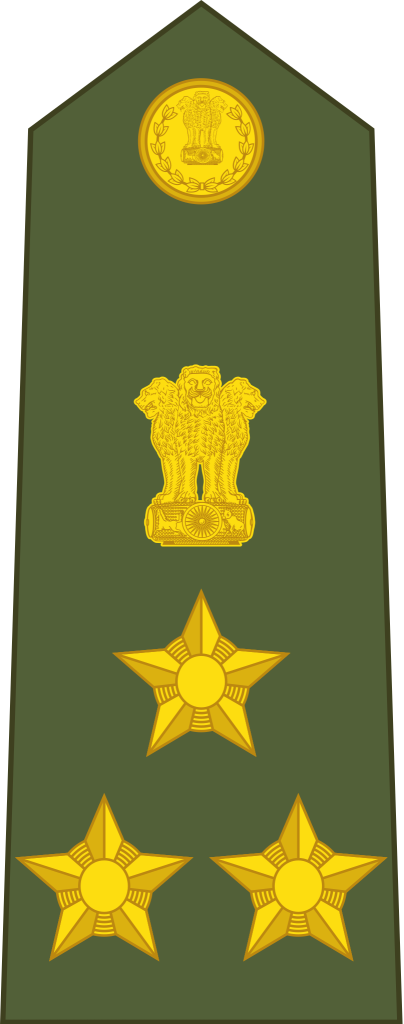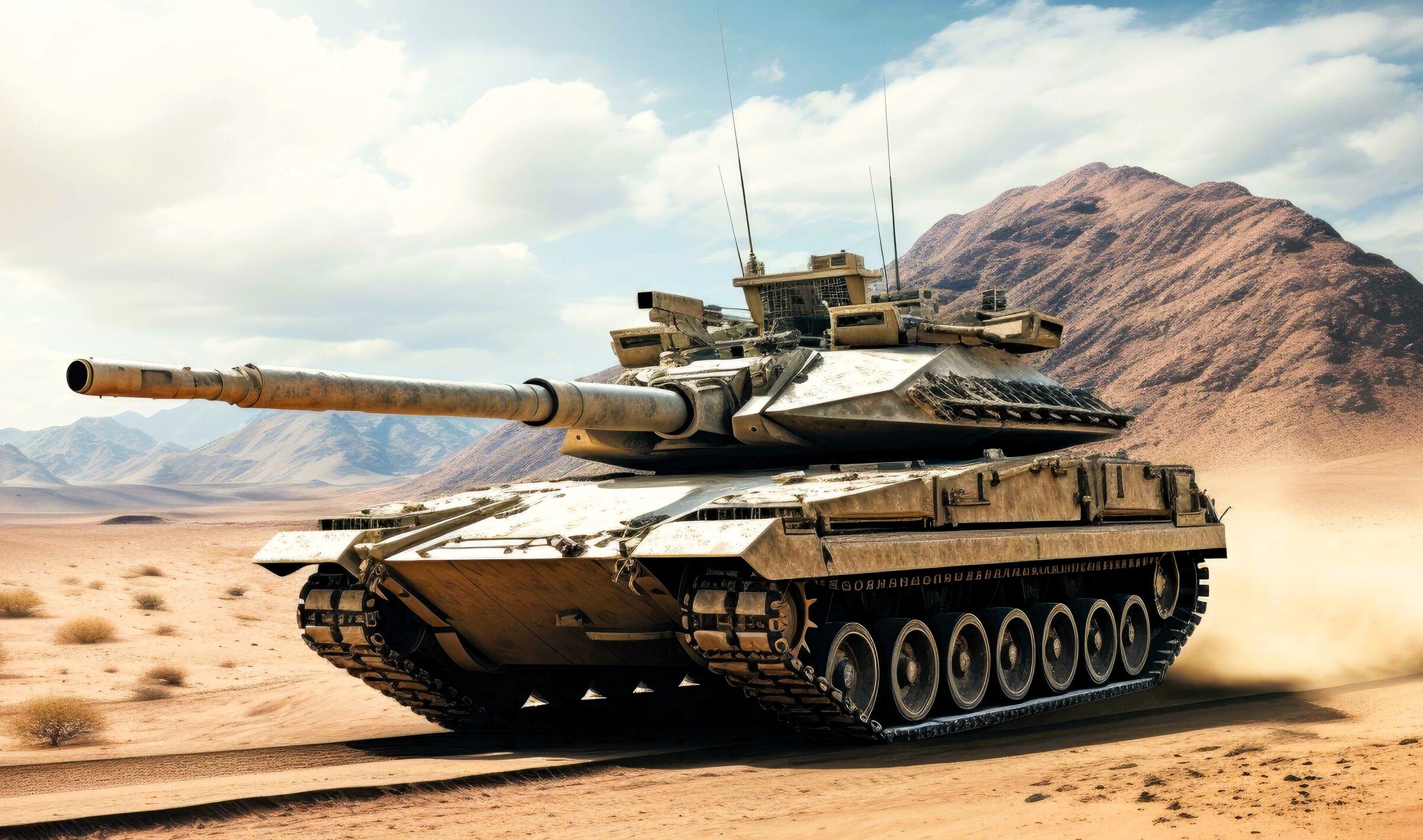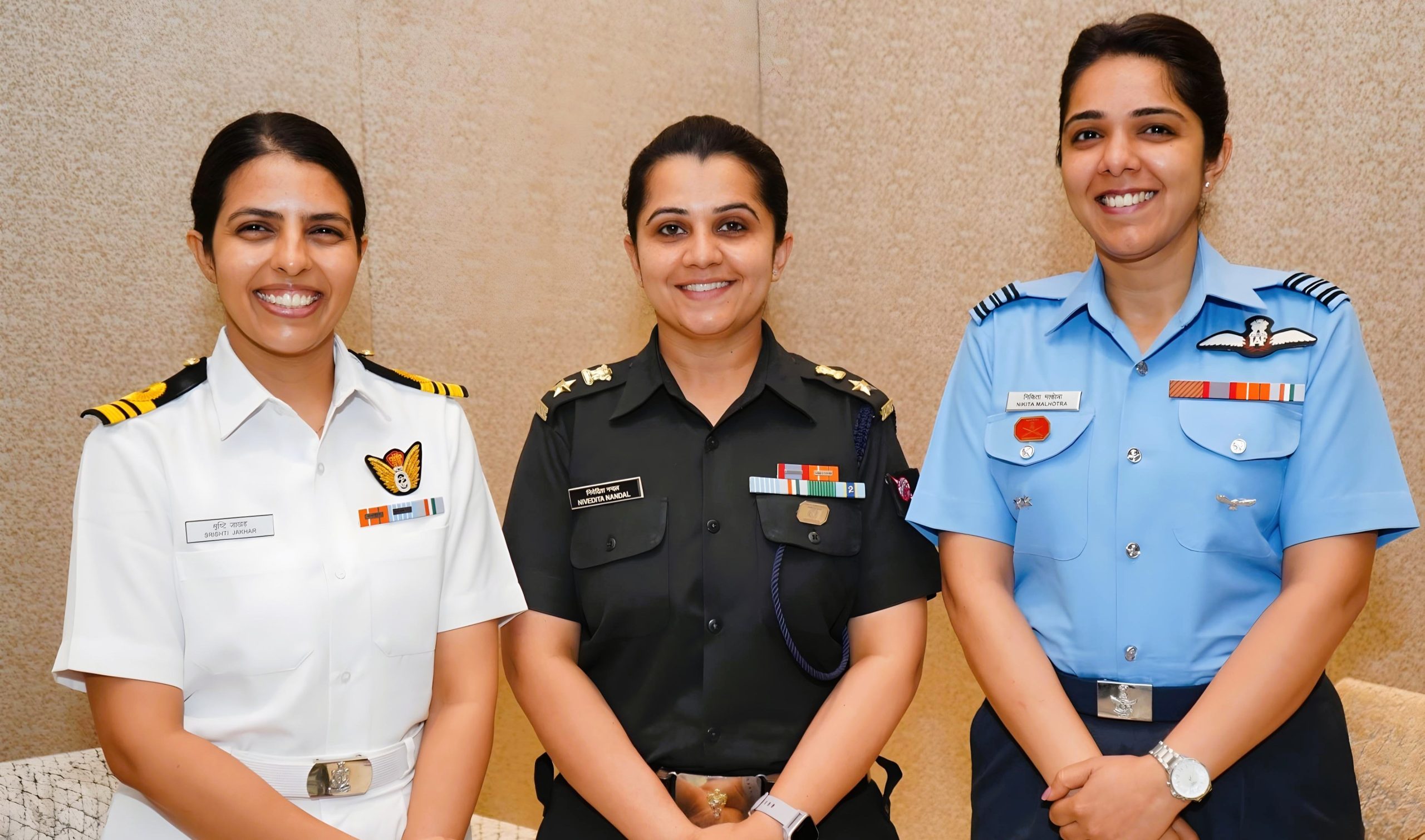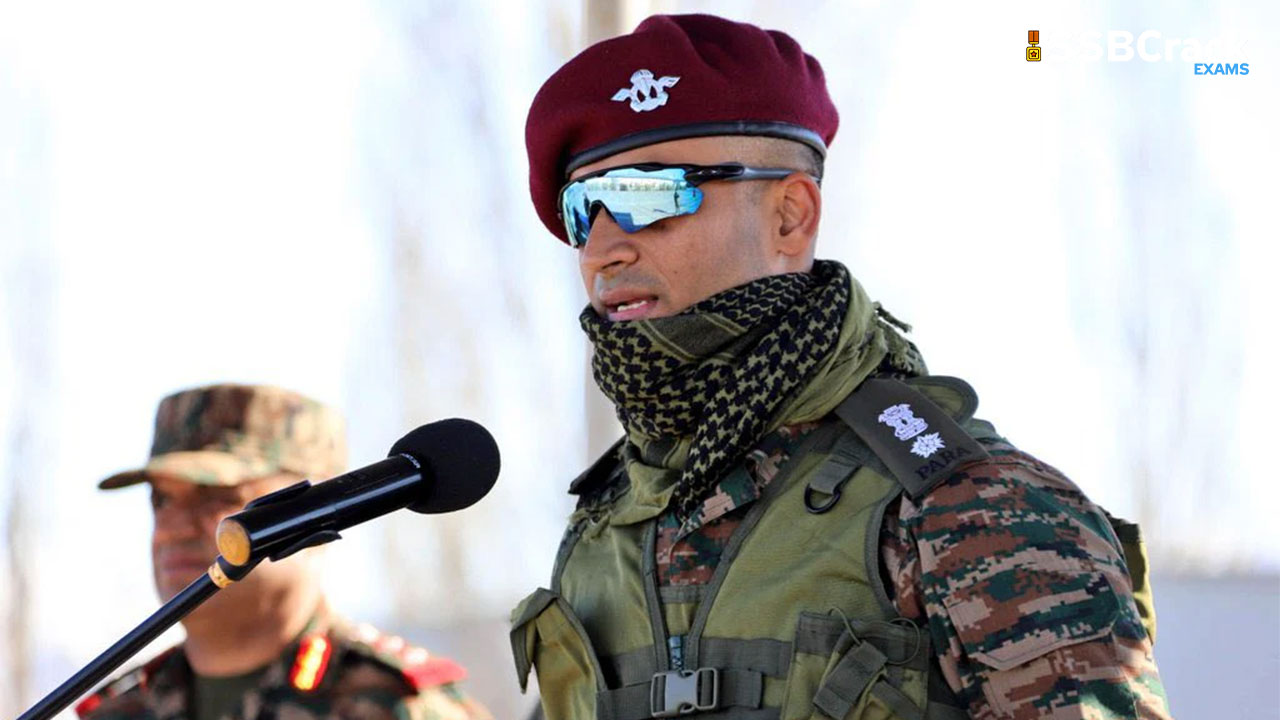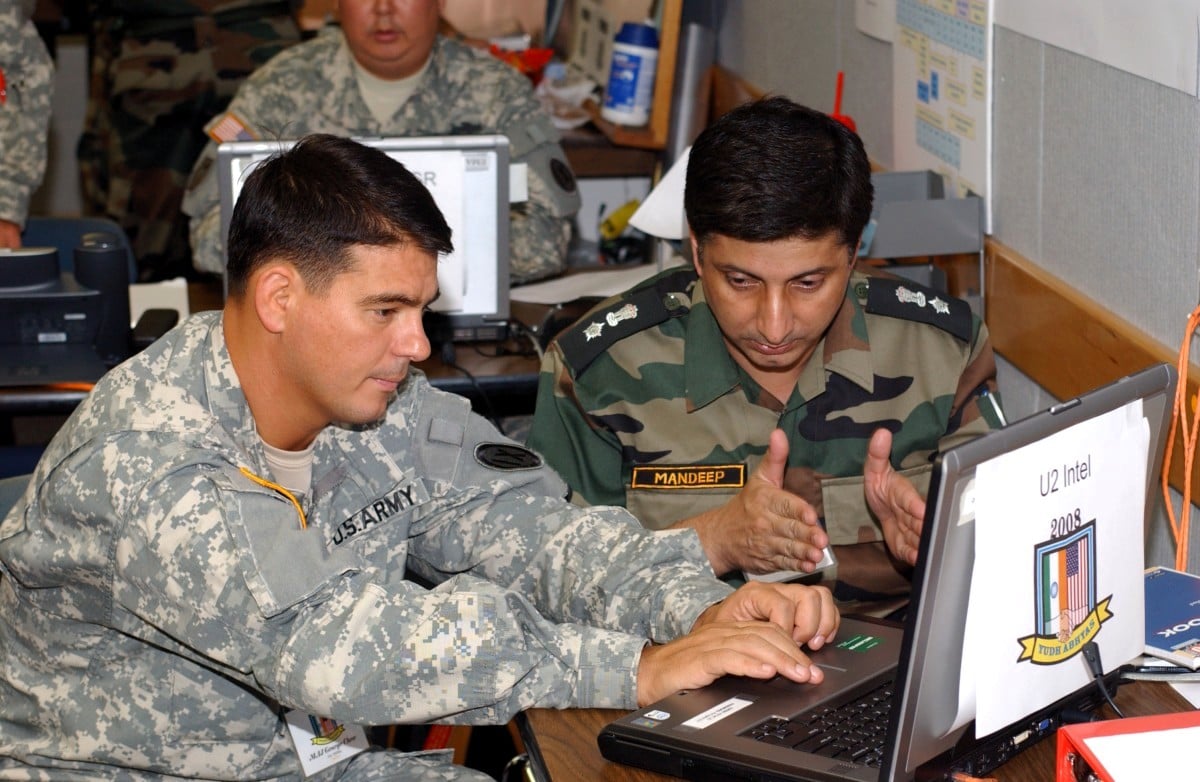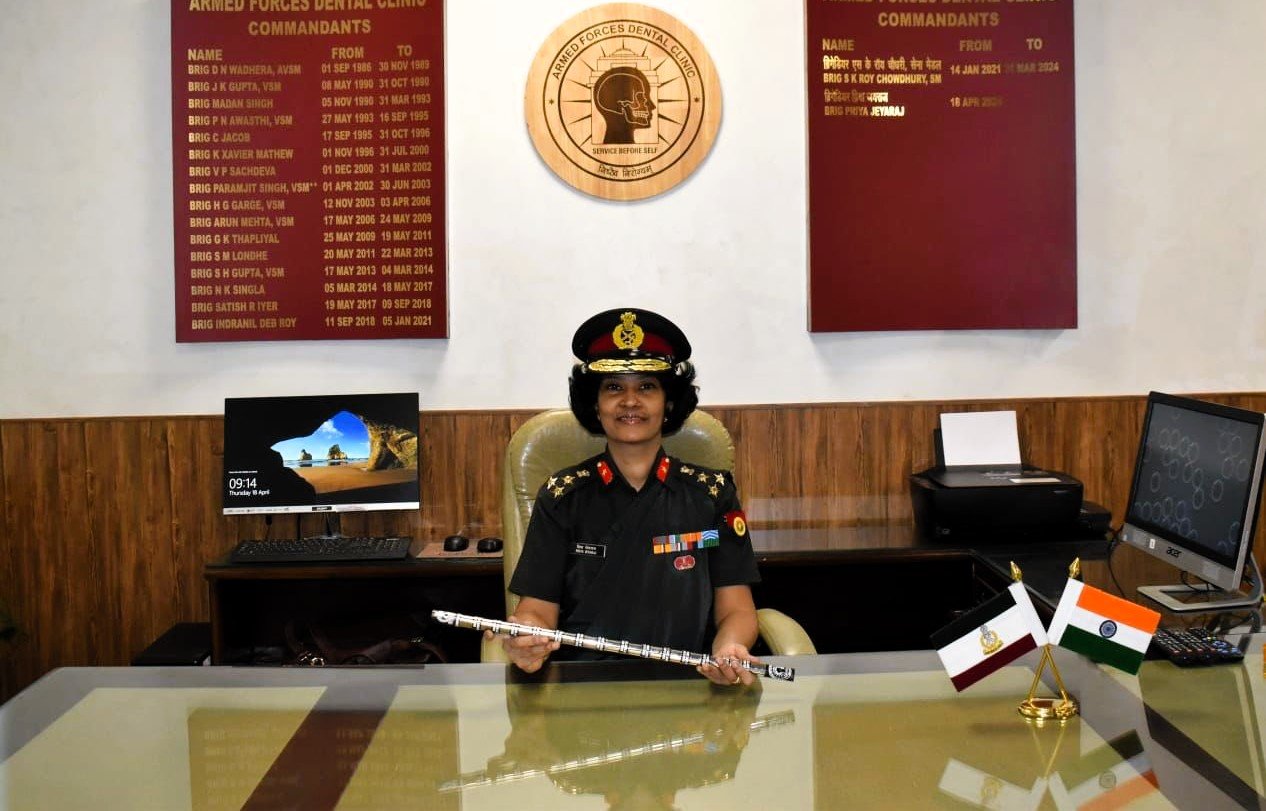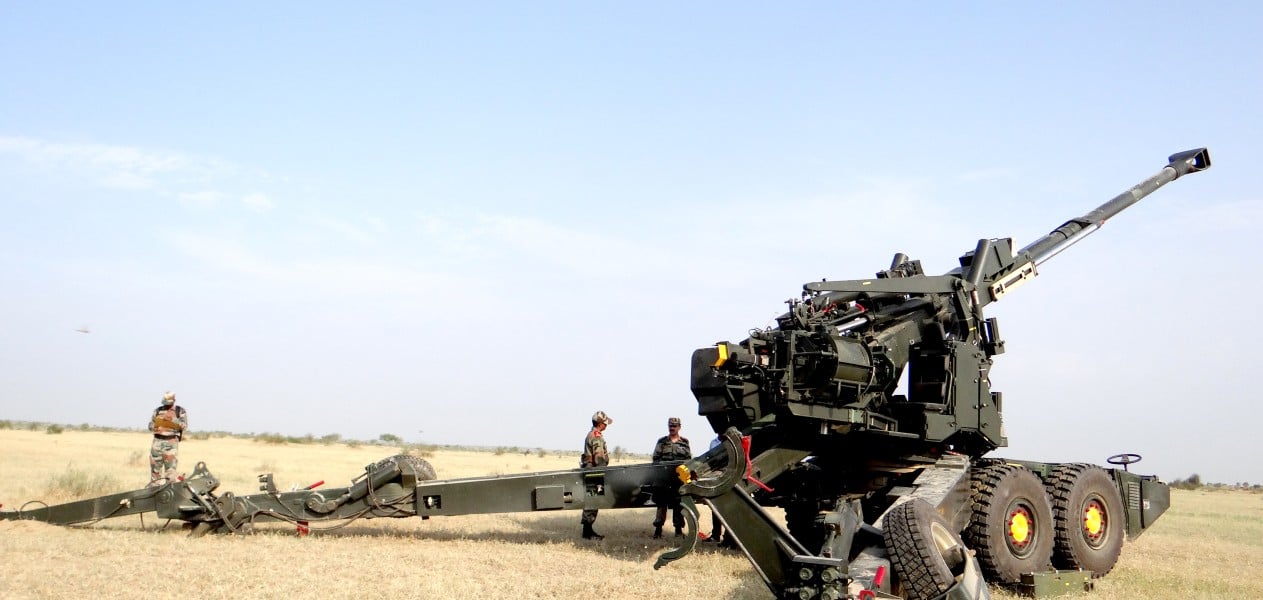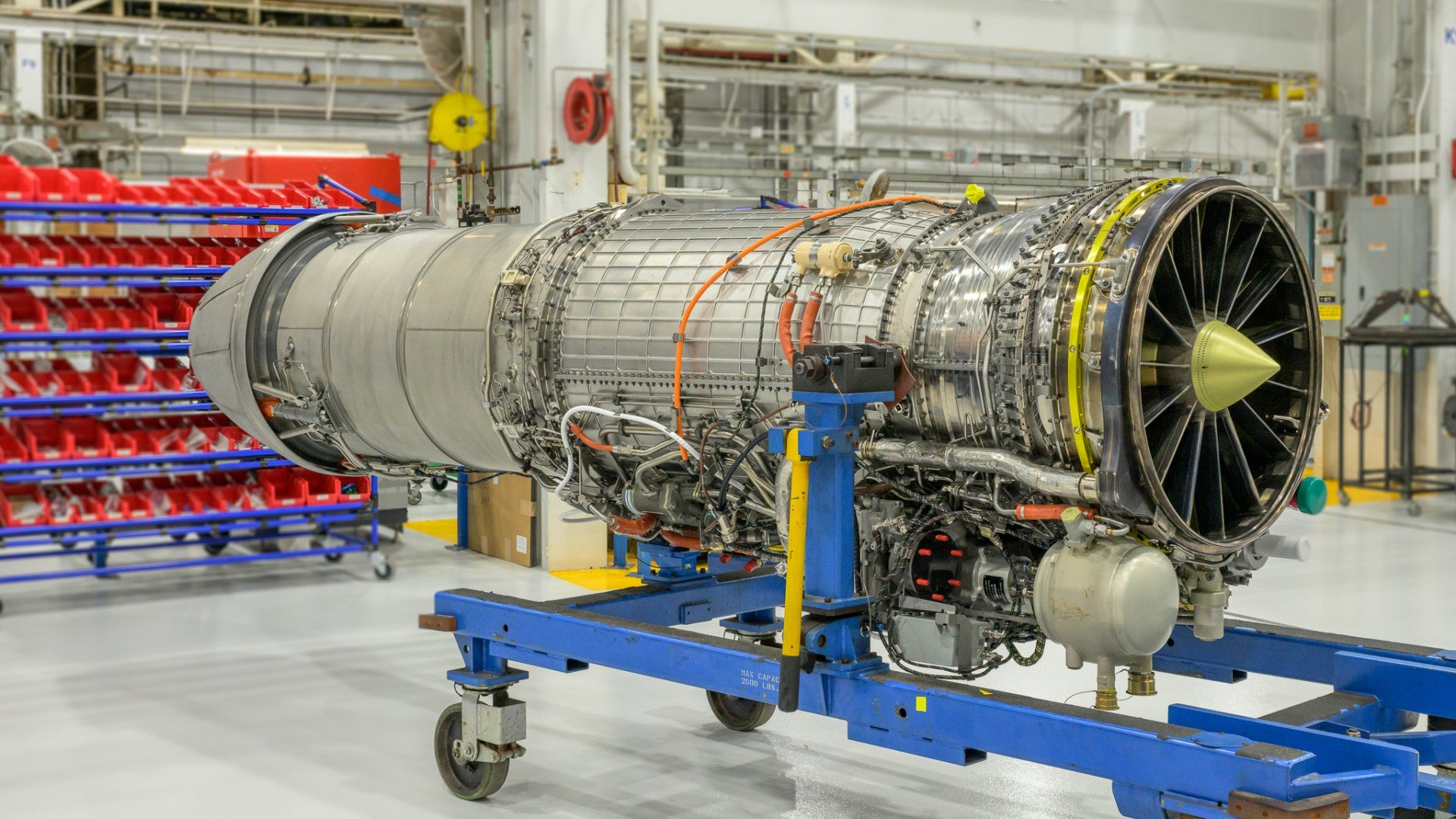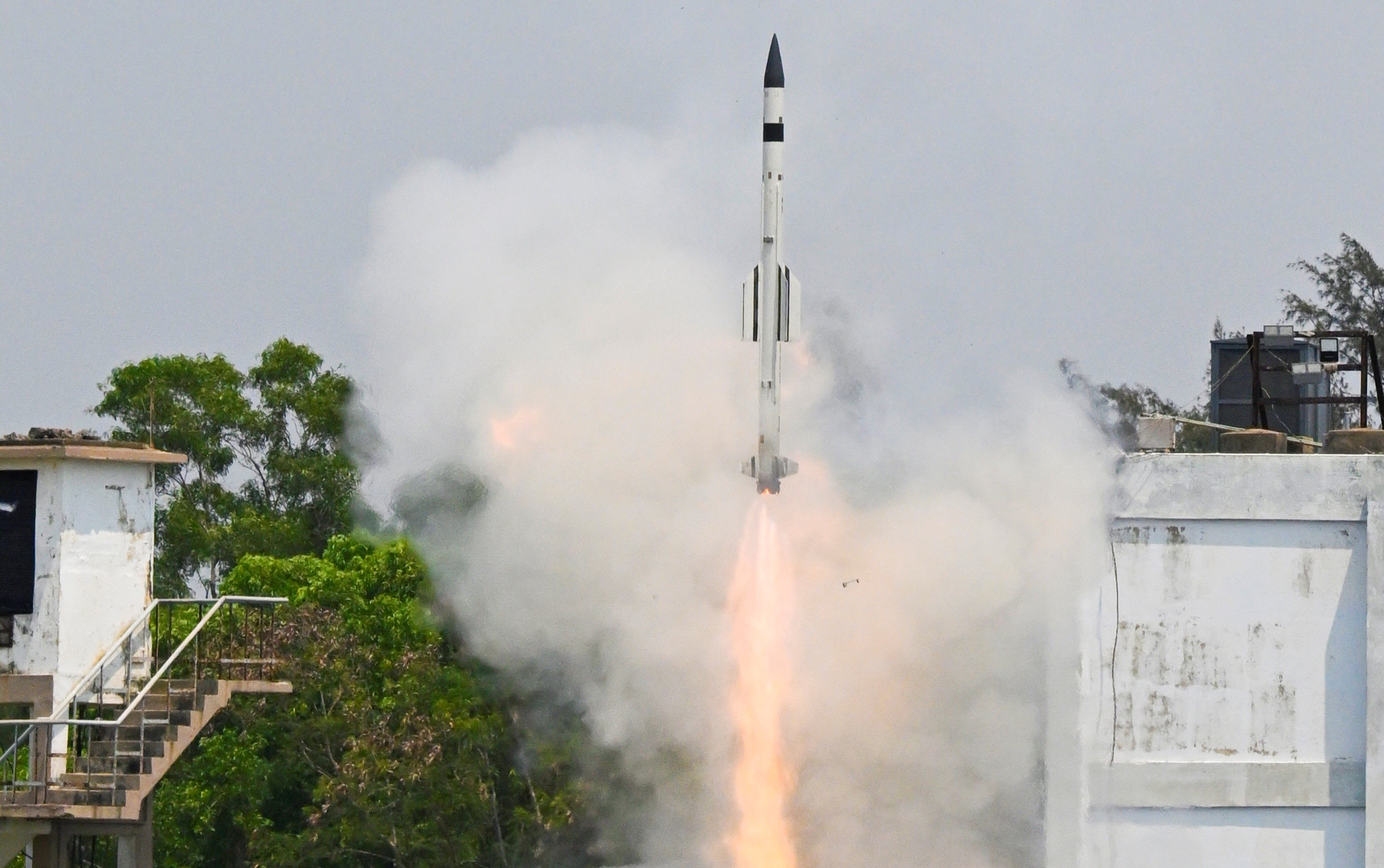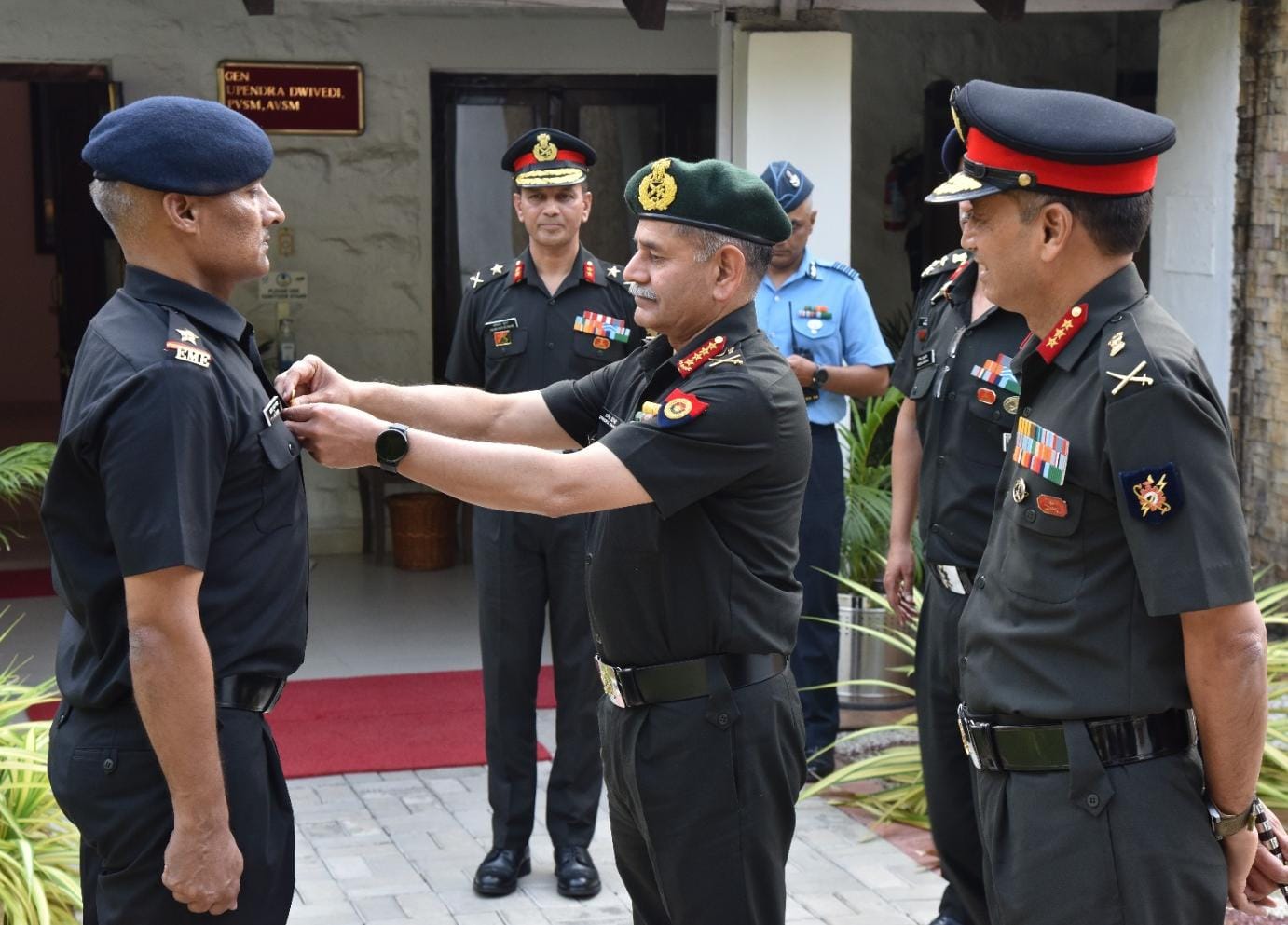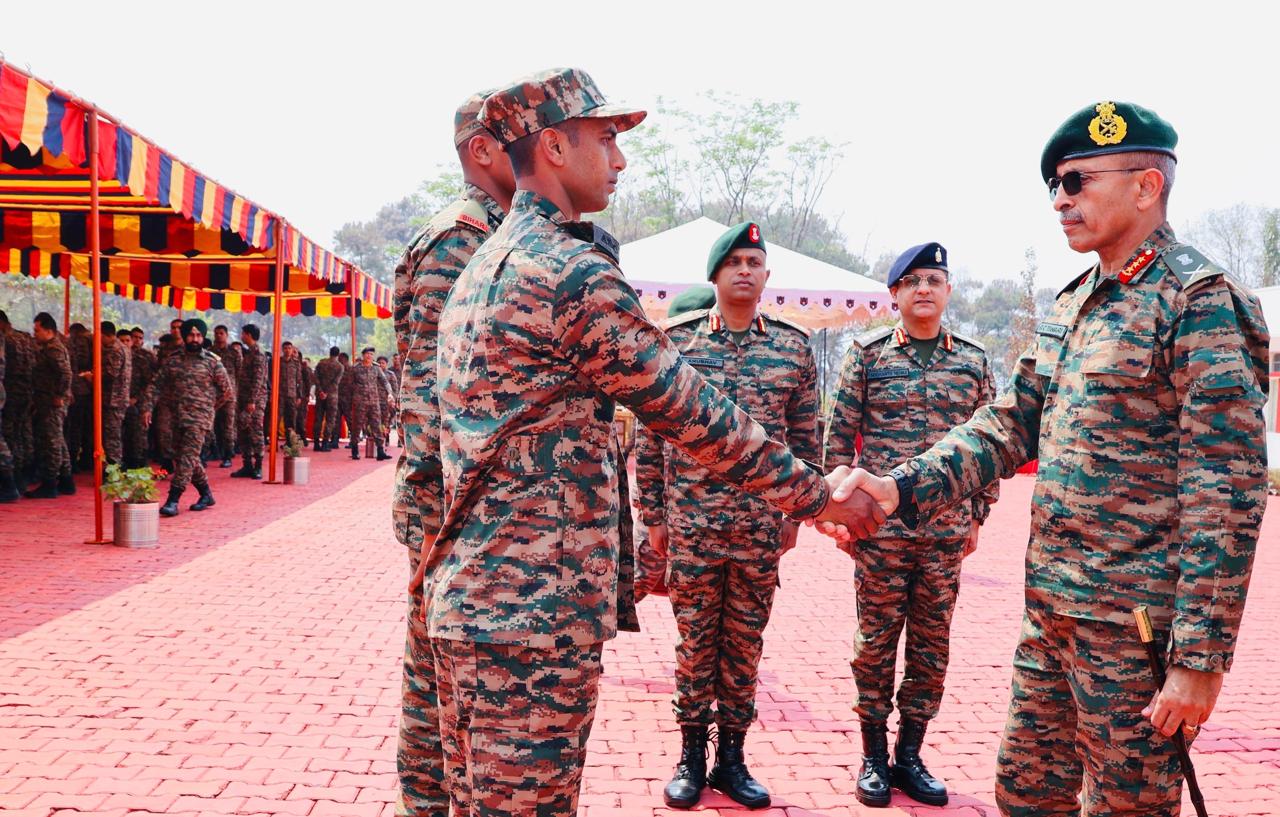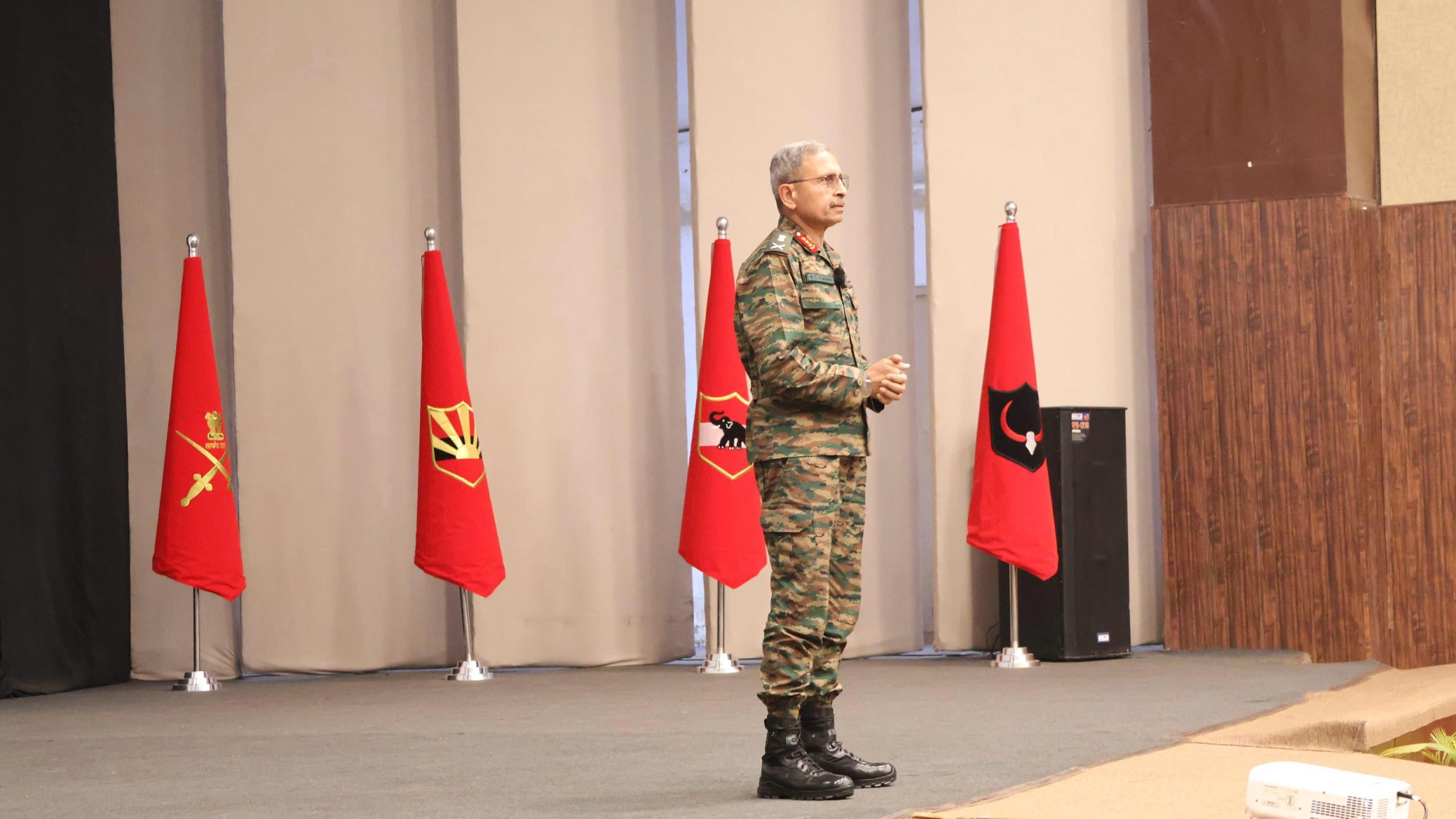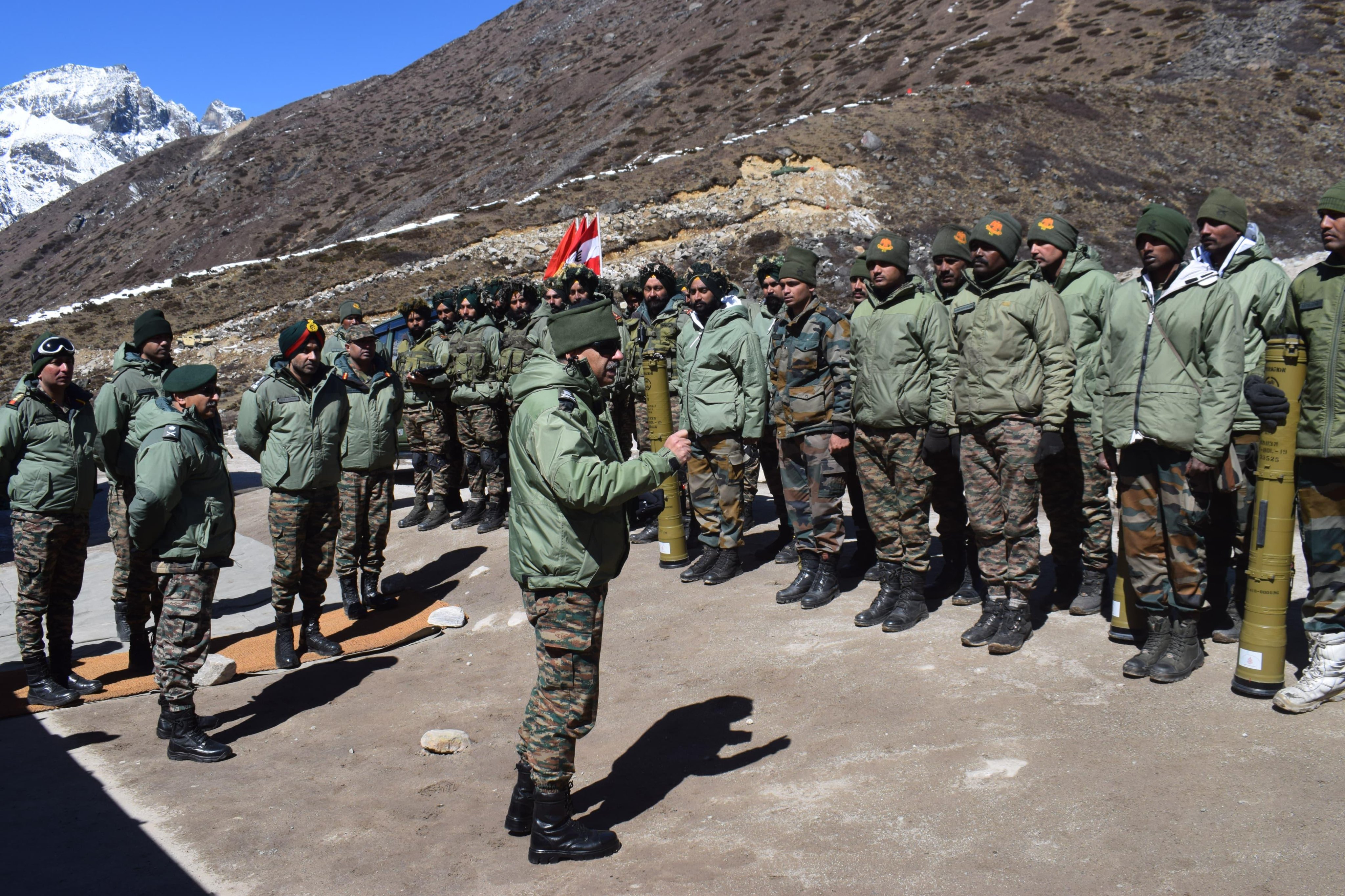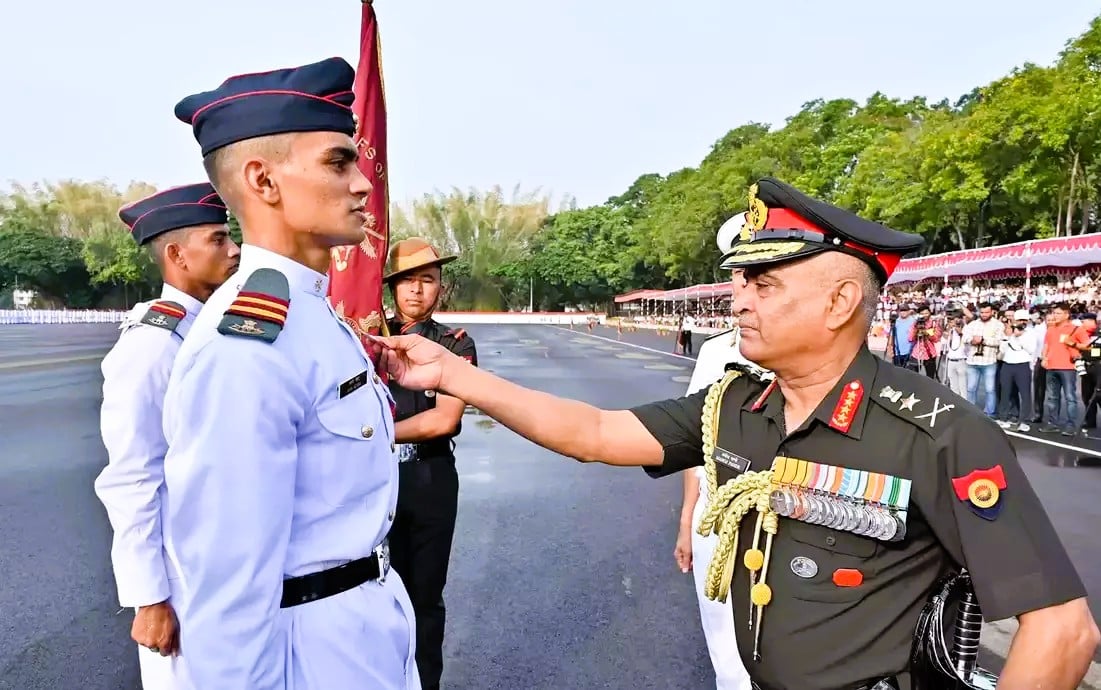Brigadier is a senior officer rank in the Indian Army, and it holds significant responsibilities in the command and administration of military operations. This article outlines the duties and responsibilities of a Brigadier, highlighting their crucial role in maintaining discipline, leading troops, and coordinating with higher-ranking officers.
History of Brigadier Rank
Colonel K. M. Cariappa made history as the first Indian to be promoted to the rank of Brigadier on 1 November 1944, during World War II. However, instead of being appointed as a brigade commander, he served as a member of the Army reorganization committee. It was on 1 May 1945 that he was officially appointed to the regular rank of Brigadier. At that time, the rank of Brigadier was a temporary appointment rather than a substantive rank.
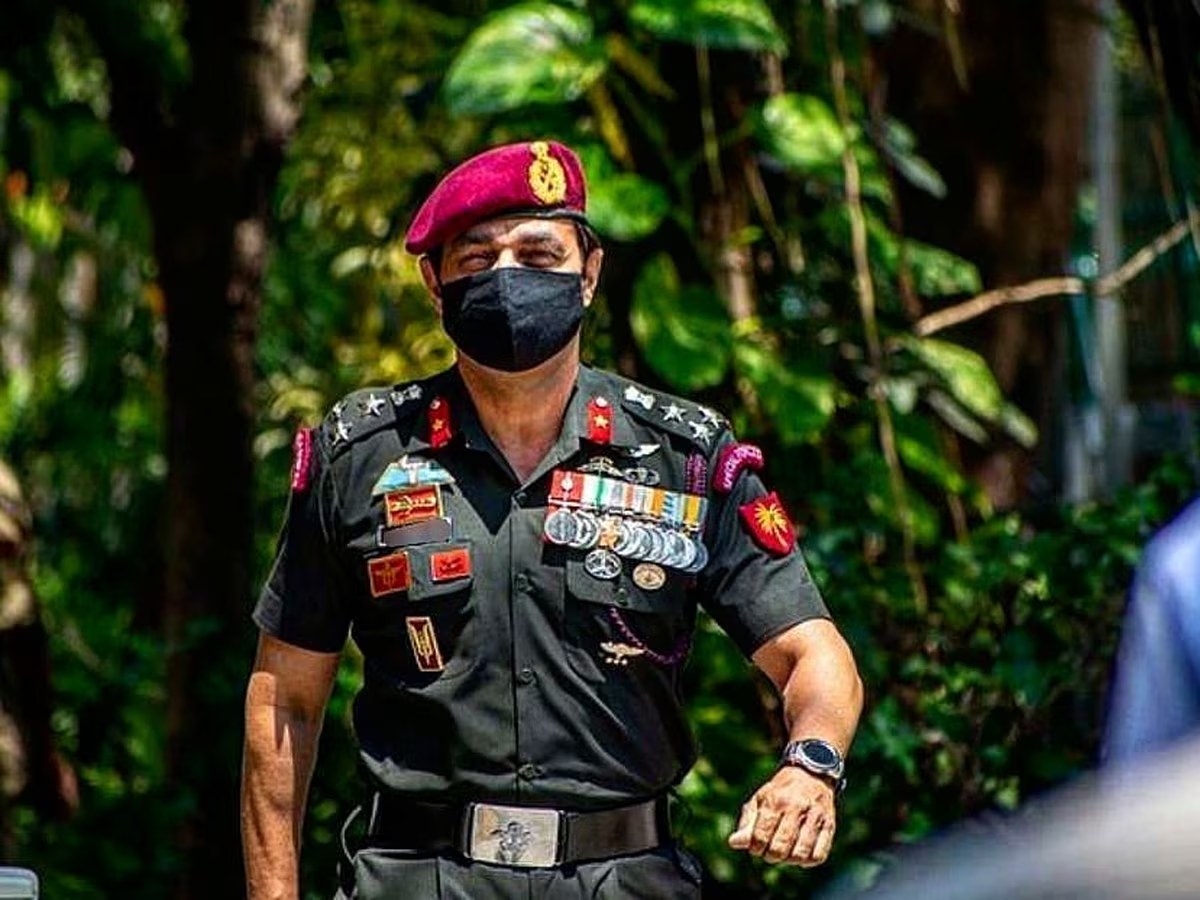
Appointment of a Brigadier
Brigadier-ranked officers in the Indian Army hold significant positions and responsibilities. They command brigades and also serve in important staff appointments such as Brigadier General Staff (BGS) and Brigadier Administration (Brig Adm) at Corps headquarters. Additionally, officers of the rank of brigadier are appointed as military attachés and military advisors at India’s high commissions and embassies in specific countries. Within the Army headquarters, brigadiers assume key roles as deputy director generals of directorates and branches, contributing to the overall functioning and management of the organization.
Also Read: Duty of a Major in the Indian Army
Insignia of a Brigadier
The insignia of a Brigadier in the Indian Army features the National emblem positioned above three five-pointed stars arranged in a triangular formation. A Brigadier’s uniform includes gorget patches, which are crimson patches adorned with a single golden star.
Duty of a Brigadier
Command and Leadership:
- Leading Brigades: A Brigadier is responsible for commanding a brigade, which typically consists of several battalions. They provide guidance, strategic direction, and ensure effective coordination between various units under their command.
- Operational Planning: Brigadiers play a vital role in operational planning, including the formulation and execution of tactical operations. They analyze intelligence, assess resources, and develop strategies to achieve military objectives.
- Training and Readiness: Brigadiers oversee the training and preparedness of their units. They ensure that soldiers receive appropriate training, maintain high levels of combat readiness, and are proficient in the use of weapons and equipment.
Administrative and Logistics:
- Personnel Management: Brigadiers manage the personnel under their command, which includes officers, soldiers, and support staff. They supervise personnel assignments, career development, and address welfare issues.
- Discipline and Morale: Maintaining discipline and morale within the brigade is a crucial responsibility of a Brigadier. They enforce military regulations, address disciplinary matters, and foster a positive and motivated environment.
- Logistics Support: Brigadiers coordinate with logistics units to ensure the availability of essential supplies, equipment, and resources for their brigade. They assess logistical requirements, plan for transportation, and oversee supply chains.
Also Read: Power of a Captain Indian Army | Duty of a Captain
Liaison and Coordination
- Inter-Army Coordination: Brigadiers collaborate with officers from other branches of the military to coordinate joint operations and achieve synergistic outcomes. They establish effective communication channels and facilitate cooperation between different units and branches.
- Civil-Military Relations: Brigadiers act as a liaison between the military and civil authorities, representing the army in various civil-military coordination meetings and initiatives. They ensure effective communication, cooperation, and support during times of emergencies or natural disasters.
- International Cooperation: Brigadiers may also be involved in international military cooperation and engagements. They participate in multinational exercises, exchange programs, and diplomatic engagements to foster international relations and promote defense cooperation.
Staff and Advisory Roles
- Staff Appointments: Brigadiers serve in various staff appointments at different levels of command. They provide expertise, advice, and recommendations on military operations, logistics, intelligence, and strategic planning.
- Policy Development: Brigadiers contribute to the formulation and implementation of military policies and doctrines. They provide inputs based on their operational experience and collaborate with higher-ranking officers in shaping the army’s strategic direction.
- Mentorship and Guidance: Brigadiers mentor and guide junior officers, imparting their knowledge and experience. They facilitate professional development, provide leadership guidance, and help groom future leaders of the Indian Army.
The duty of a Brigadier in the Indian Army encompasses a wide range of responsibilities, requiring strong leadership skills, operational acumen, and administrative expertise. They lead brigades, ensure combat readiness, maintain discipline, coordinate with various stakeholders, and contribute to the overall strategic and operational success of the army.
The role of a Brigadier is vital in maintaining the effectiveness and efficiency of the Indian Army in safeguarding the nation’s security.
Brigadier FAQs
What is the monthly salary of a brigadier?
The estimated take-home salary of a Brigadier in the Indian Army in India ranges between ₹1,98,743 per month to ₹2,06,593 per month.
Who is Brigadier Saurabh Singh Shekhawat
Brigadier Saurabh Singh Shekhawat, KC, SC, SM, VSM, is an accomplished Indian Army officer serving in the renowned 21 Para (SF) regiment.
Is Brigadier a high rank?
The rank of Brigadier in the Indian Army is a one-star rank. It holds a position higher than that of Colonel and lower than the two-star rank of Major General.
What is the duty of the Brigadier?
During peacetime, the role of a Brigadier in the Indian Army involves commanding a regiment. However, in maneuvers or during wartime, their responsibilities expand to include commanding a combined brigade comprising two, three, or even four regiments, which may include their own regiment.



